Packaging equipment is a cornerstone of modern industry, a vital link that ensures products are protected, preserved, and presented effectively to consumers. From the food and beverage sector to pharmaceuticals, cosmetics, and electronics, the right machinery is essential for maintaining product quality, enhancing efficiency, and reducing operational costs. Understanding the diverse world of packaging equipment is key to success for any business that relies on manufacturing and distribution.
The Core Functions and Types of Packaging Equipment
At its heart, packaging equipment performs three primary functions: filling, sealing, and labeling. Each function is handled by a specialized category of machinery, often integrated into a single, automated production line.
1. Filling Equipment
This is where the product first meets its container. The type of filling machine used depends heavily on the product’s characteristics—whether it’s a liquid, powder, granule, or solid.
- Liquid fillers: Machines like gravity fillers, piston fillers, and overflow fillers are used for products ranging from beverages and oils to chemicals. Gravity fillers are ideal for non-viscous liquids, while piston fillers are excellent for thick, viscous products like creams and sauces.
- Powder fillers: Augers and vibratory fillers are common for products like coffee, spices, and flour. Auger fillers use a screw-like mechanism to dispense precise amounts of product, while vibratory fillers are used for products that need a gentle, controlled flow.
- Solid fillers: These machines, which include volumetric cup fillers and counting machines, are used for items like candies, snacks, and small parts.
2. Sealing Equipment
Once a container is filled, it must be sealed to prevent leaks, contamination, and spoilage. The sealing method depends on the container’s material and the required level of security.
- Heat sealers: These are a staple for sealing plastic bags, pouches, and films. The machine applies heat and pressure to melt and fuse the layers together, creating a strong, airtight seal.
- Cappers and lid applicators: These machines are designed for bottles and jars. They can be semi-automatic or fully automated, applying and tightening screw caps, snap-on lids, or corks with high precision and speed.
- Induction sealers: Used for a tamper-evident seal on containers, this equipment uses electromagnetic induction to heat a foil liner in the cap, bonding it to the rim of the bottle. This is a common method for pharmaceuticals and food products.
3. Labeling Equipment
Labeling is crucial for brand identification, product information, and regulatory compliance.
- Pressure-sensitive labelers: These are the most common type, applying self-adhesive labels to products of various shapes and sizes. They are highly versatile and can be found in almost every industry.
- Shrink sleeve labelers: This equipment applies a heat-shrinkable label that conforms to the shape of the container. It’s often used for products with unique or contoured shapes, providing 360-degree graphics and tamper-evident features.
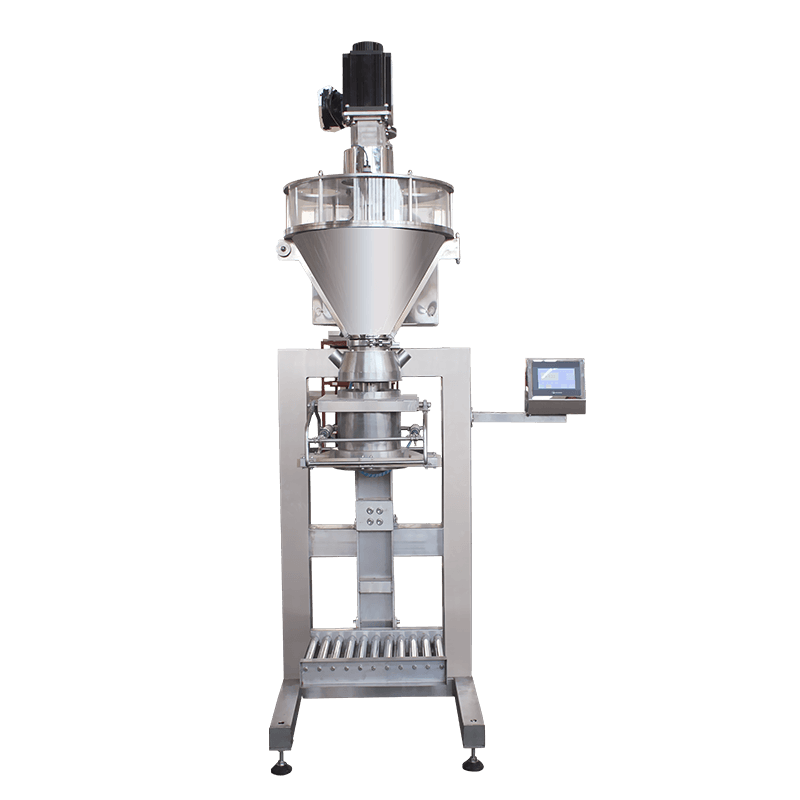
Advanced Automation and Integration
The evolution of packaging equipment is driven by the demand for higher speeds, greater accuracy, and increased flexibility. Modern packaging lines are no longer a collection of individual machines but an integrated system controlled by sophisticated software.
- Robotics: Robotic arms are now common on packaging lines for tasks like picking and placing products, stacking boxes onto pallets (palletizing), and handling delicate items with precision.
- Vision systems: These systems use cameras and sensors to inspect products for defects, verify label placement, and ensure correct fill levels. This real-time quality control is essential for maintaining brand reputation and meeting regulatory standards.
- IoT and Data Analytics: The Internet of Things (IoT) has transformed packaging. Sensors on machines collect data on performance, output, and maintenance needs. This data can be analyzed to predict failures, optimize production schedules, and improve overall efficiency.
Selecting the Right Packaging Equipment
Choosing the right packaging equipment is a significant investment that requires careful consideration. Businesses must evaluate several factors:
- Production volume: Do you need a small, semi-automatic machine for a low-volume operation, or a high-speed, fully automated line for large-scale production?
- Product characteristics: The physical properties of your product—its viscosity, size, and fragility—will determine the type of equipment you need.
- Container type: The shape, material, and size of your packaging will influence the machinery required.
- Budget: The cost of packaging equipment varies widely, from thousands to millions of dollars. It’s crucial to balance the initial investment with the long-term return on investment (ROI) from increased efficiency and reduced labor costs.
- Future flexibility: Consider the potential for future product diversification. Can the equipment be easily adapted to new products or packaging types?
In conclusion, packaging equipment is much more than just a piece of machinery; it is a strategic asset that can define a company’s efficiency, quality, and competitiveness. By carefully selecting and integrating the right equipment, businesses can streamline their operations, protect their products, and build a strong foundation for future growth.


 English
English Español
Español عربى
عربى
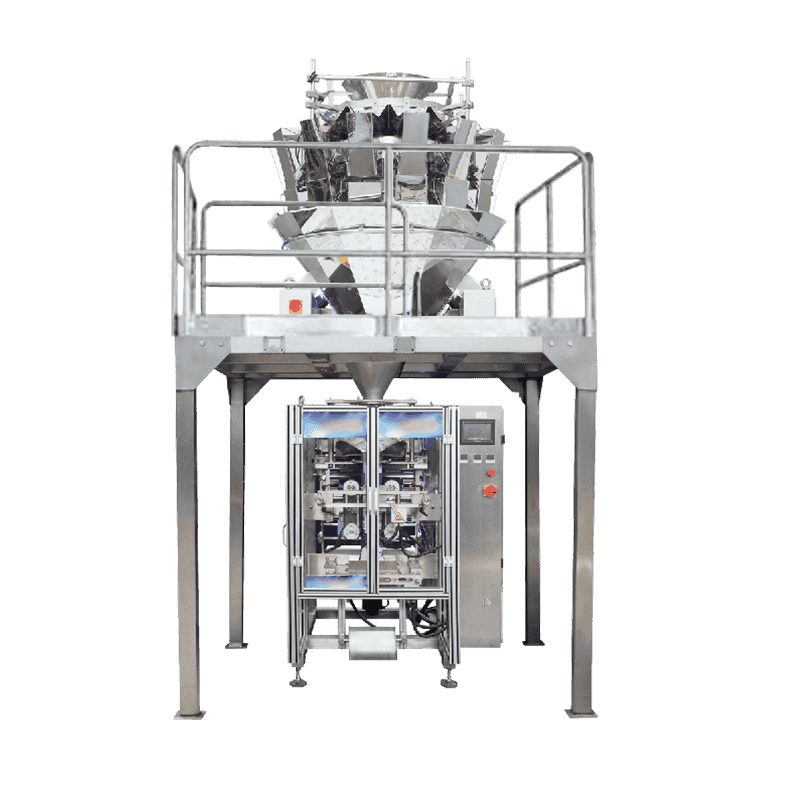

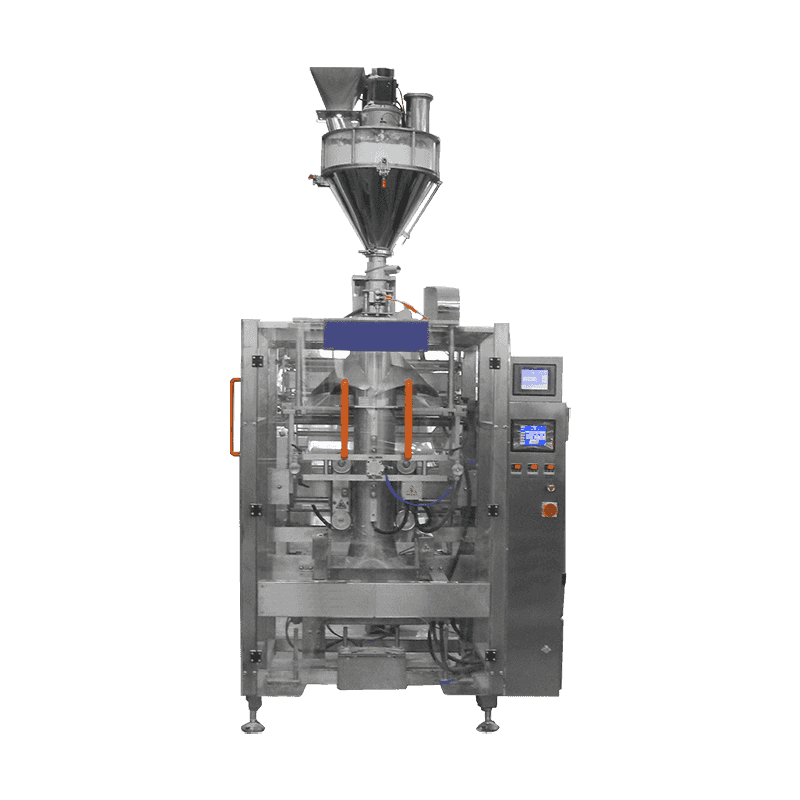
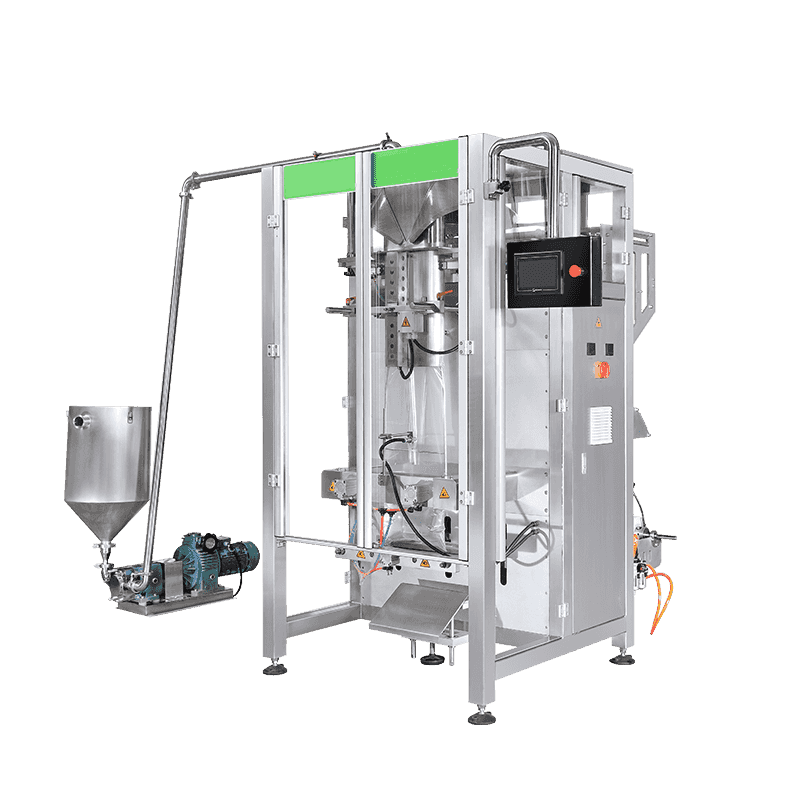
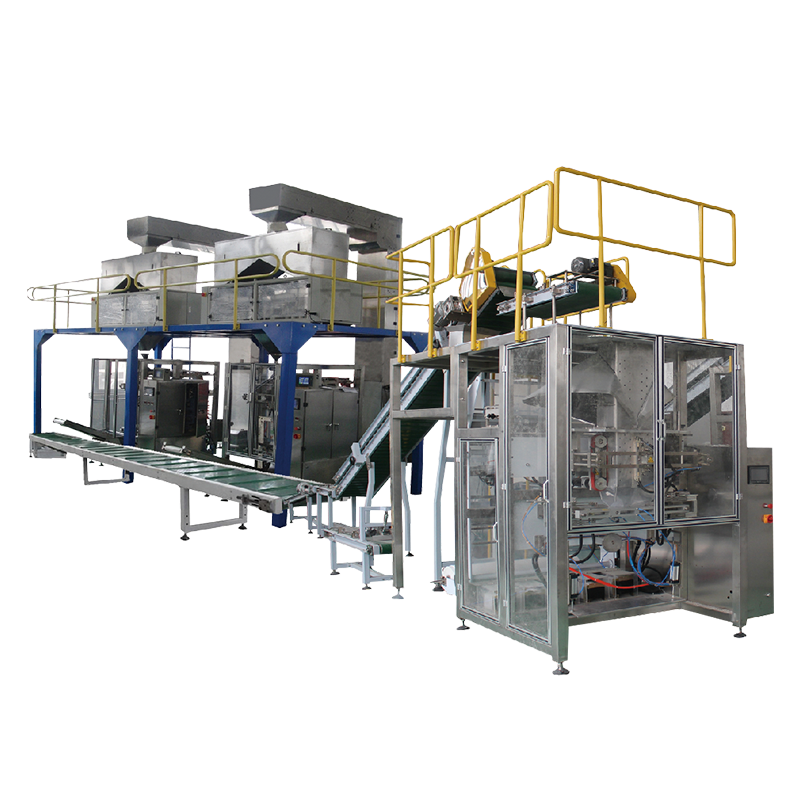
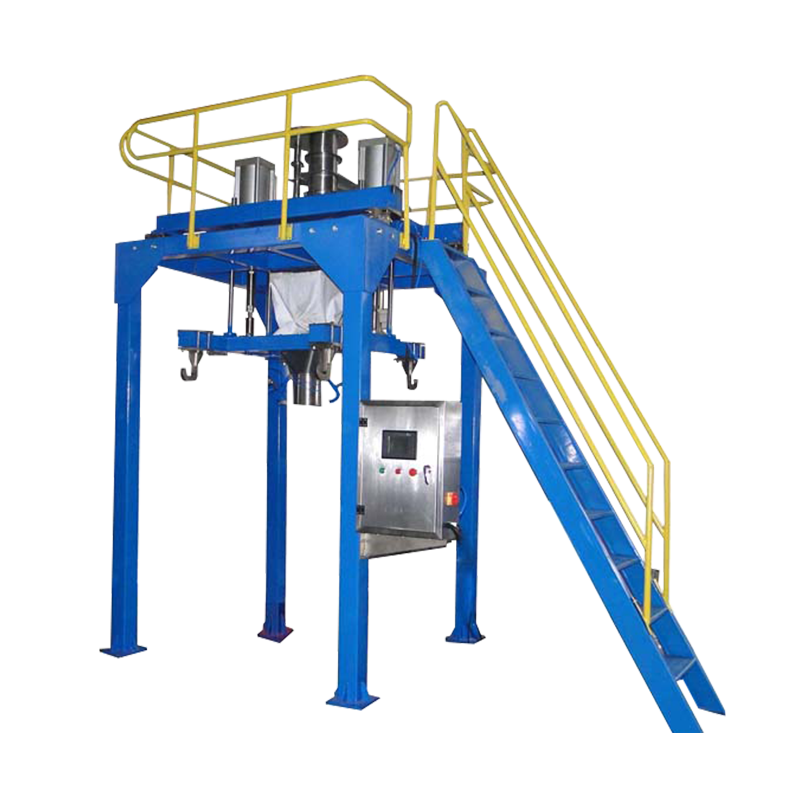
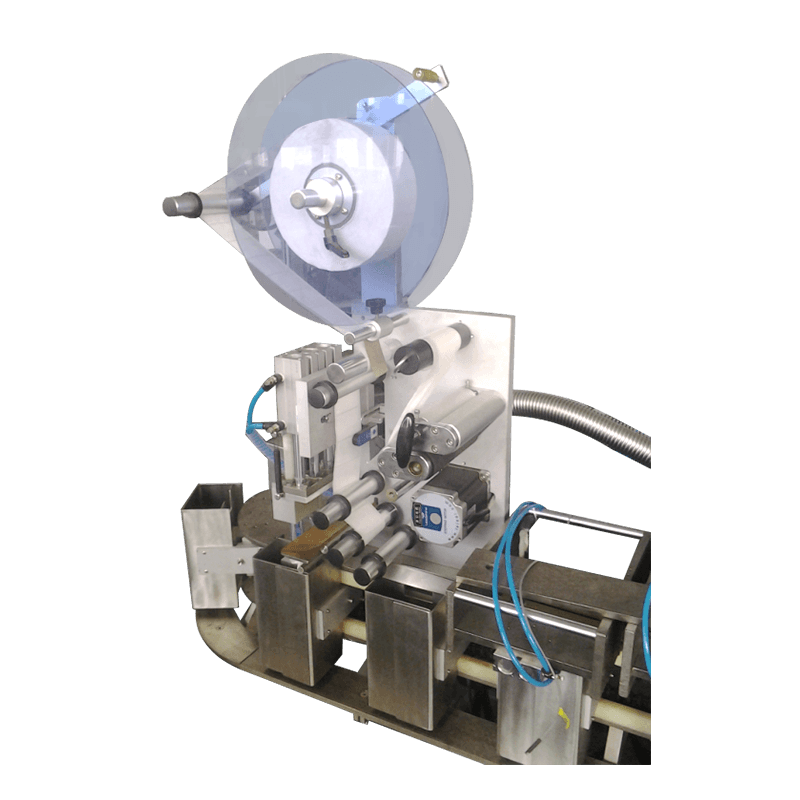
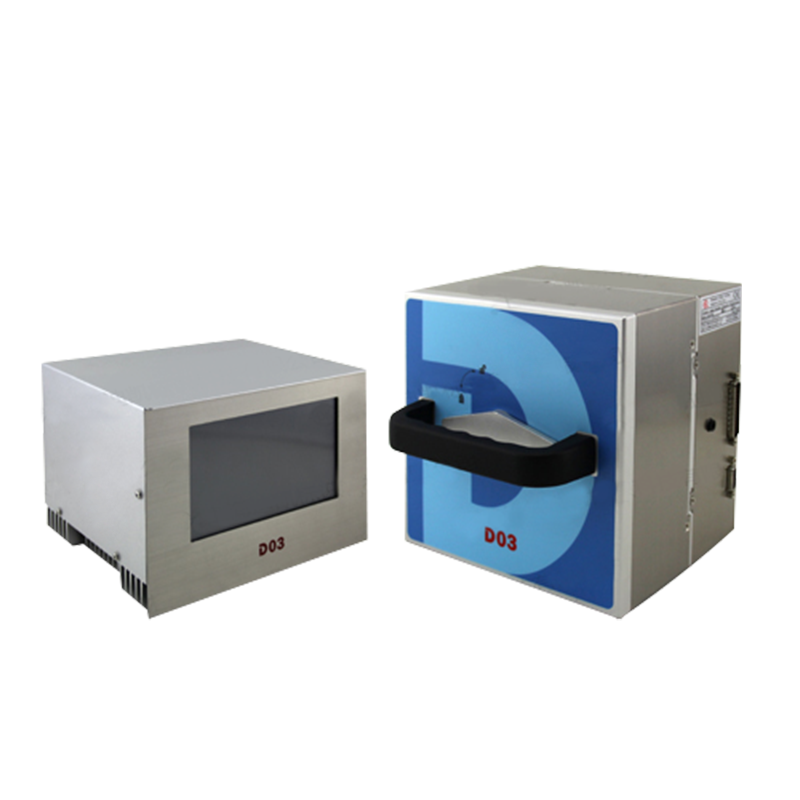
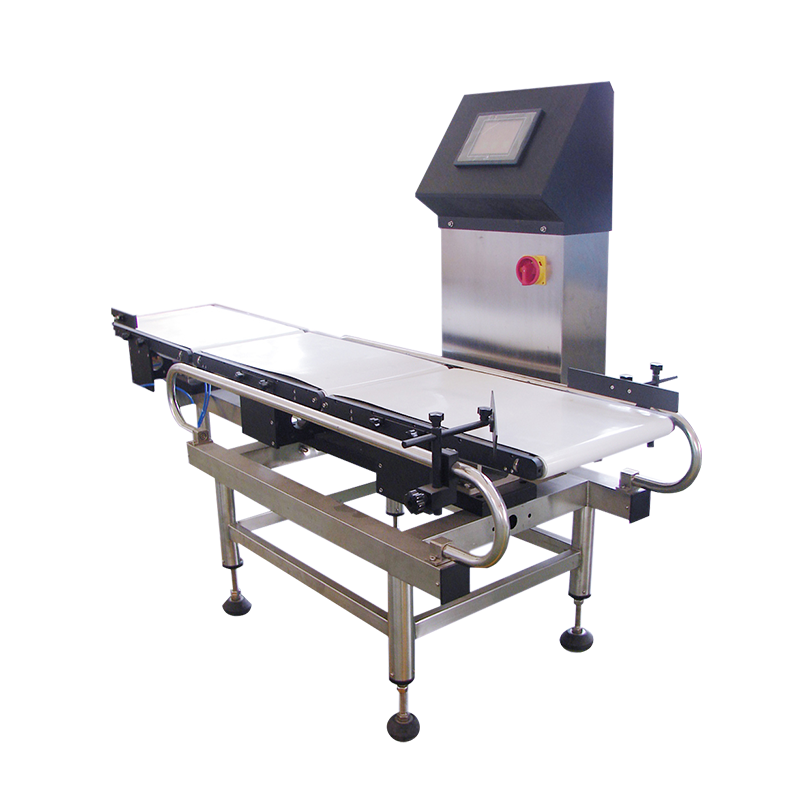

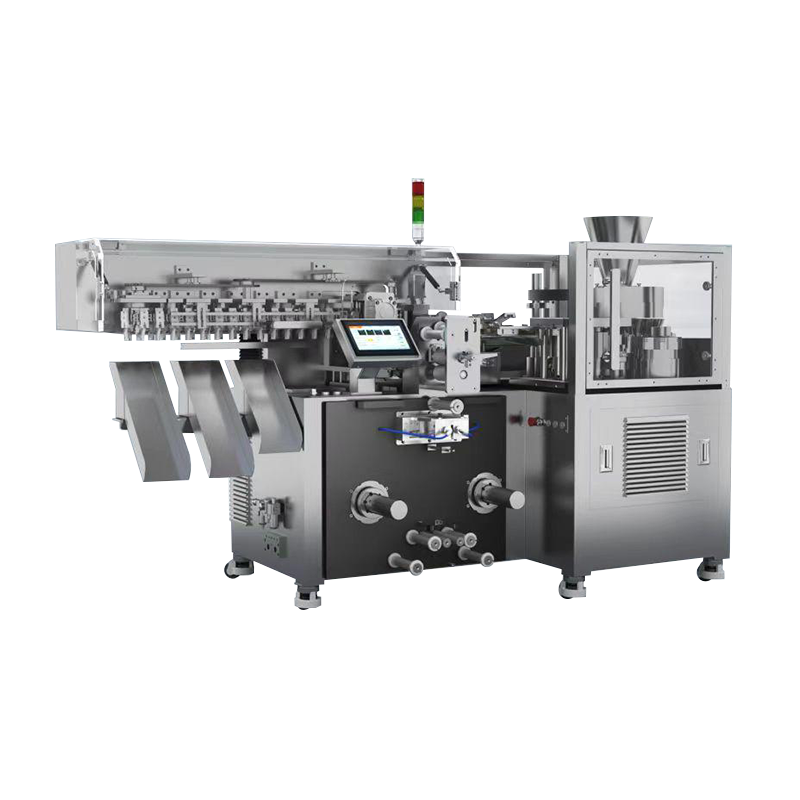
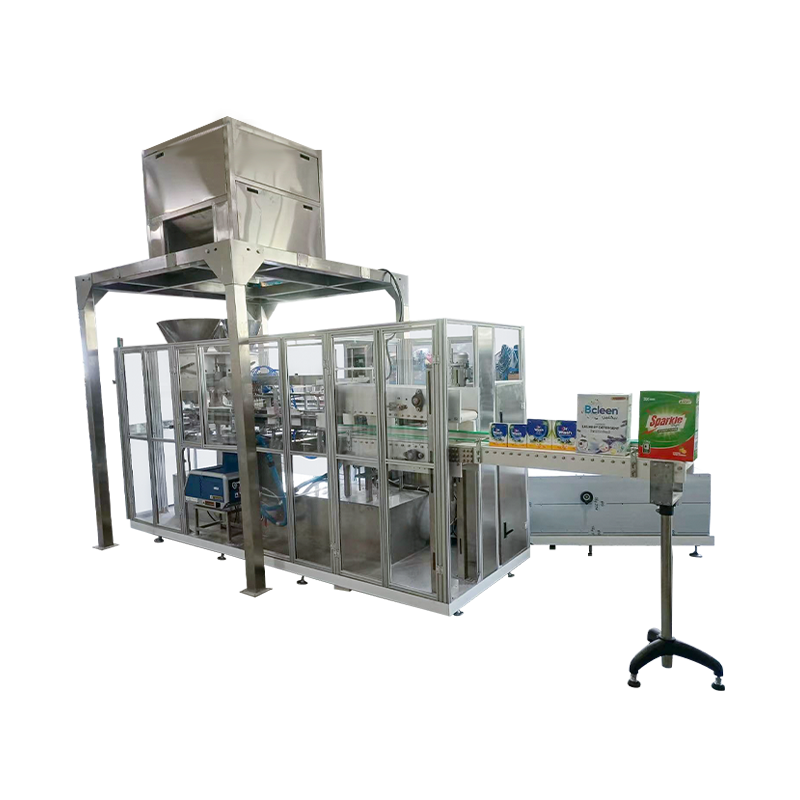

Contact Us